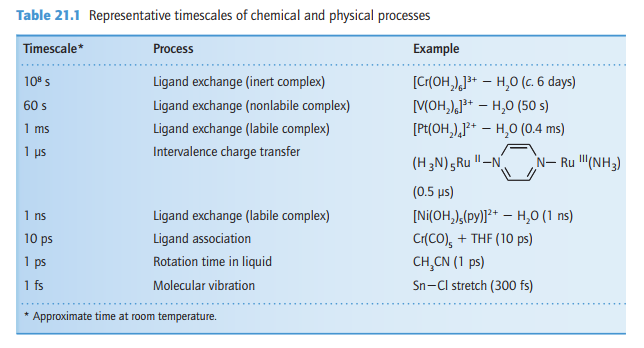From the Eyring equation, we can simply calculate the $k$ value for it.
\begin{align}
k &= \frac{k_\mathrm{b} T}{h}\exp\left(\frac{-\Delta G^\ddagger}{RT}\right)\\
k_\mathrm{b} &= \pu{1.38E-9 J K^-1}\\
T &= \pu{355 K}\\
h &= \pu{6.626E-34 J s}\\
R &= \pu{8.3145 J K^-1 mol^-1}
\end{align}
Here, I am assuming the average of $\pu{29 kcal/mol}$ and $\pu{39 kcal/mol}$ to be $\Delta G^\ddagger = \pu{34 kcal mol^-1} = \pu{142256 J mol^-1}$
If we plug in the values into the equation, we get a $k$ value equal to about $\pu{8.64 x 10^-9 s^-1}$ which is quite small.
If we take for example a Gibbs free energy of activation of $\pu{23 kcal mol^-1}$, that would equate to a half-life of 2 hours at room temperature based on $t_{1/2} = \frac{\ln2}{k}$ for first-ordered reactions. If we use the same formula for the $k$ we calculated at $\pu{355 K}$ for $\Delta G^\ddagger = \pu{34 kcal mol^-1}$, we get a half-life of $\pu{8.02 x 10^7 s}$ which is about $2.54$ years. Therefore, the reaction is likely not going to proceed quickly at $\Delta G^\ddagger = \pu{34 kcal mol^-1}$ and can be considered unfeasible as the reaction goes extremely slowly.
If we instead take the lower end with $\Delta G^\ddagger \pu{= 29 kcal mol^-1}$, the half-life is less than a day at $\pu{355 K}$ which is reasonable. However, anything after $\Delta G^\ddagger = \pu{30 kcal mol^-1}$ are essentially unfeasible at $\pu{355 K}$. Even with $\Delta G^\ddagger = \pu{30 kcal mol^-1}$ at $\pu{355 K}$, the half-life is over 3 days and it will only increase exponentially as $\Delta G^\ddagger$ increases.
Note that $\Delta G^\ddagger$ is temperature dependant and the calculations above are done assuming that $\Delta G^\ddagger$ is constant at the given temperatures. Therefore, the theoretical values I calculated may not perfectly match the experimental results of the reaction pathway you are studying. However, it should hopefully give a general idea of the rate and the feasibility of reactions for the range of $\Delta G^\ddagger$ values you derived.

